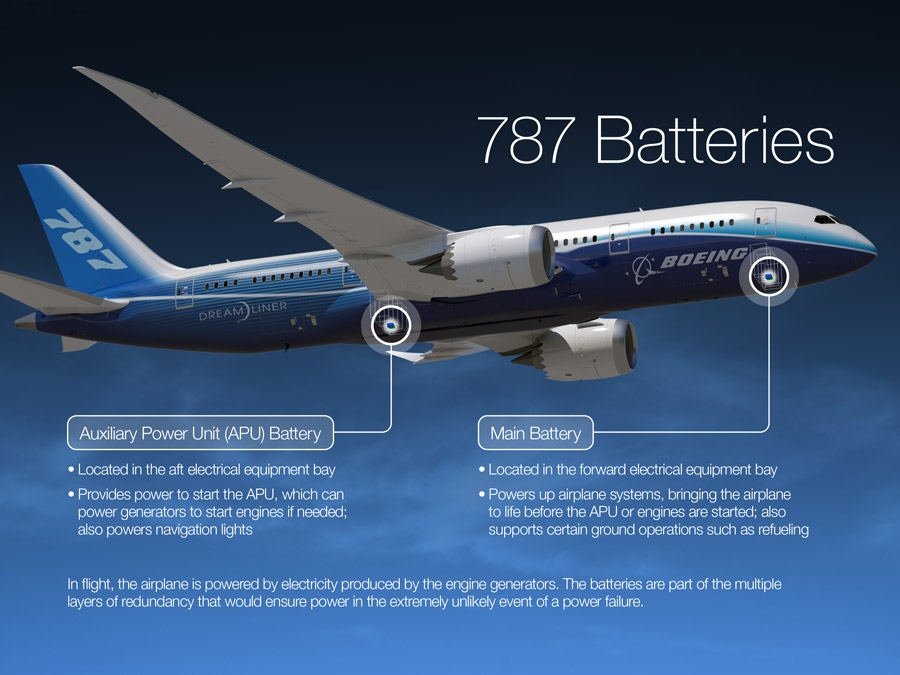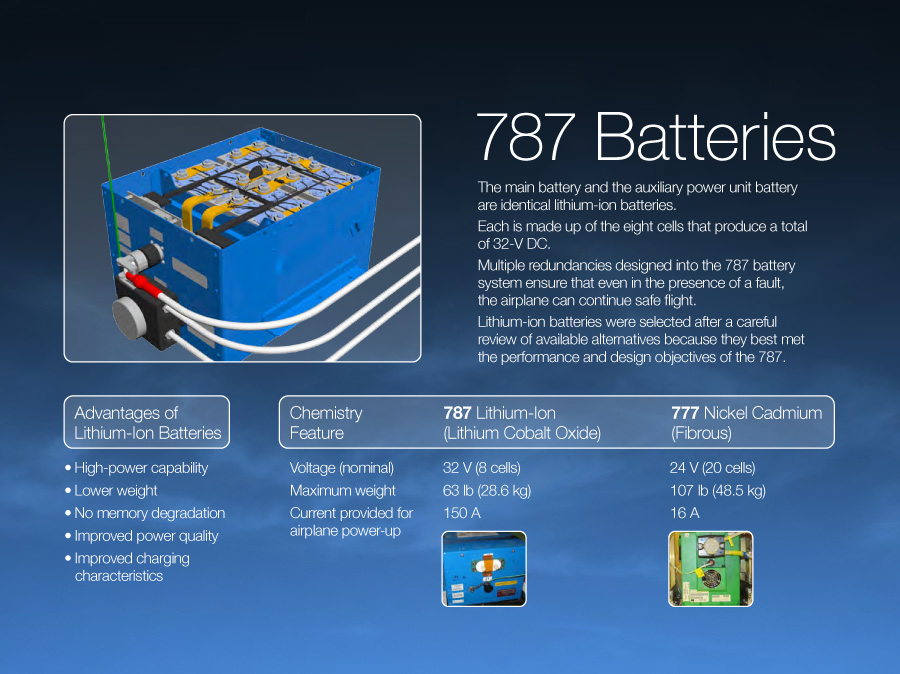- Oct 30, 2000
- 42,589
- 5
- 0
Link
JTSB clears battery maker, investigates Kanto Aircraft Instrument avionics
January 31, 2013
By Courtney Howard
Executive Editor
TOKYO, 31 Jan. 2013. Japan Transport Safety Board (JTSB) officials have closed their investigation of GS Yuasa, the Japan-based manufacturer of the lithium-ion batteries on Boeing 787 Dreamliner aircraft, and turned their attentions to Kanto Aircraft Instrument Co., maker of the 787 avionics system responsible for monitoring voltage, charge, and temperature of the lithium-ion batteries.
The Japan Transport Safety Board (JTSB), a division of the Ministry of Land, Infrastructure, Transport and Tourism (MLIT), is Japan's authority for establishing transportation safety.






